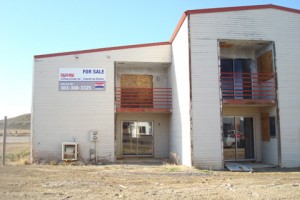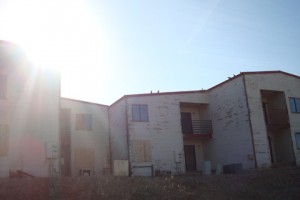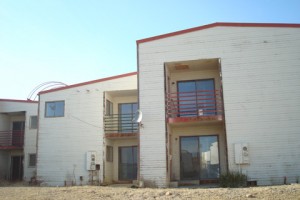LEED for Neighborhood Development
LEED for Neighborhood Development (LEED ND for short) is another in a series of rating systems published by the United States Green Building Council (USGBC) that encourages green building and development. LEED ND is for new developments, primarily residential communities that when employed, requires such communities to incorporate sustainable and green building strategies for the entire community. This program is entirely voluntary, and it promotes many good ideas such as storm water management, reduction of impervious surfaces, preservation of existing trees and natural areas, solar orientation, walkability, multi-modal transporation, higher density and mixed uses. All this is good.
As with all of the USGBC rating systems, certain prerequisites have to be met, and this is where I start to have issues with LEED-ND in specific. The one prerequisite that I have the biggest issue with is the requirement that the minimum density be 7 units per acre. The theory behind this is that 7 units per acre is really the threshold where a mass transit system becomes feasible. That is all well and good. However, what this does, is it relegates this rating system to larger cities that not only have a mass transit system, but more importantly, where the market will support this kind of density. 7 units per acre is typically the lower end for townhome communities, and is extremely dense for single family detached homes. Don’t get me wrong, I support higher density, but also realize it isn’t for everyone.
But what really gets me, is there are thousands of smaller towns and communities across the country that the market simply can’t support this kind of density for anything more than a building or two. LEED ND therefor totally ignores these communities. I think this is wrong, we should encourage all communities to incorporate sustainable practices and green developments, not just large cities. Of course, this doesn’t prevent sustainable projects from being developed in any town or city, but it does prevent the national recognition that projects in big cities can achieve.








